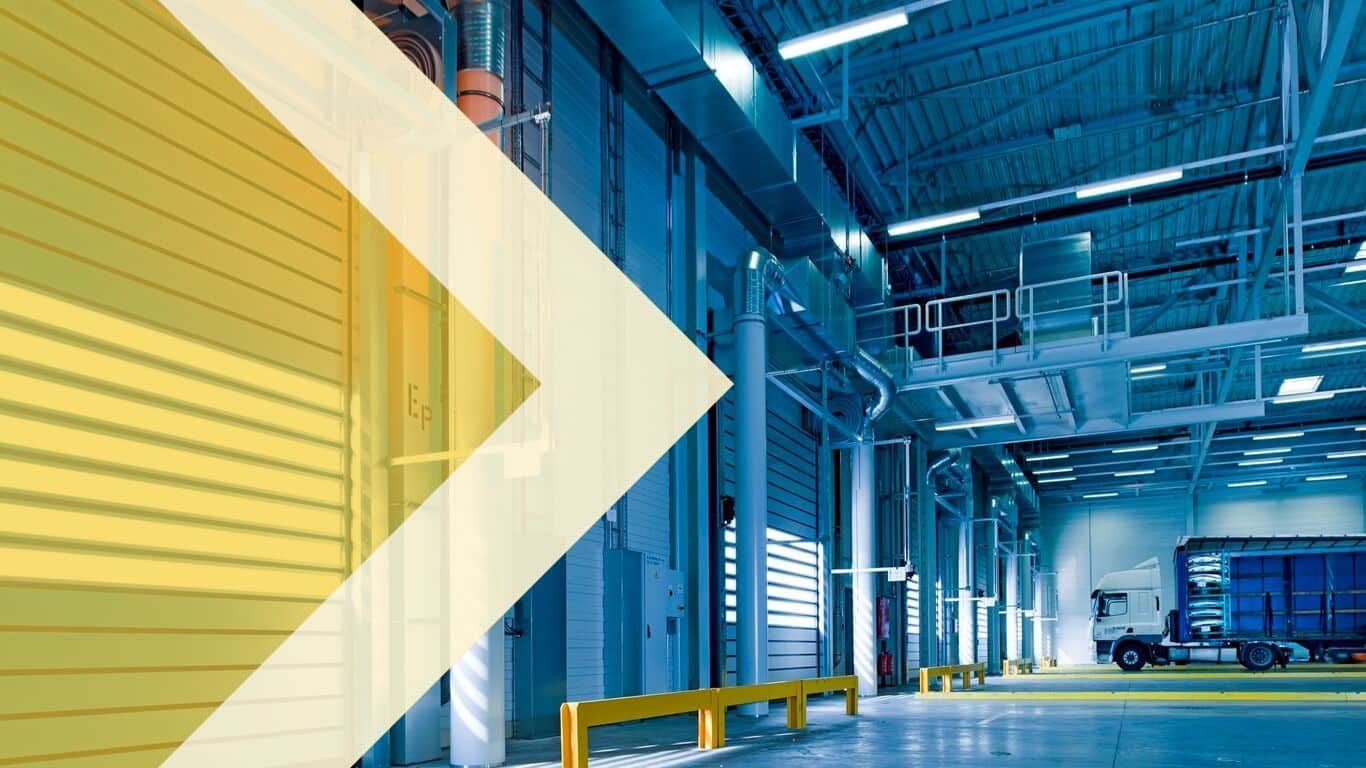As forklift trucks – and other manned and unmanned equipment – moves around, there’s a constant risk of collision with staff or visitors. Safety barriers for warehouses, retail premises and manufacturing storerooms are vital.
Storage and logistical operations are become increasingly automated, which grows the amount of constantly running autonomous tech that they now incorporate. This can make warehouse and storage areas ever-more hazardous.
Particularly as that runs alongside the existing risks of having people working or walking in close proximity to forklift trucks and other manned stacking and transport equipment.
Our modular safety barriers for workplaces are the perfect solution. These create an important separation between vehicles, machinery and your workforce. They also protect anyone making deliveries or visiting your premises.
However, how do you specify pedestrian safety barriers? Especially as your premises has its own particular operational layout and Health & Safety risks for pedestrians.
Planning workplace safety barrier profiles
Specifying and installing barriers to separate moving equipment, vehicles and pedestrians helps you to fulfil your Health & Safety obligations.
It would be far too easy to assume that careful training for drivers and machinery operators is sufficient. This does not factor in the vagaries of people walking about and inadvertently getting in the way!
The repercussions of an accidental injury in your workplace can be severe, especially as forklift trucks and autonomous vehicles such as stackers, pallet trucks, and rack robots have the potential to kill someone. So, the first answer to ‘What pedestrian safety barriers do I need?’ is that you need ones that completely and flawlessly separate all moving equipment from walkways. That can be internally and externally at your work premises.
The best first step is to complete a risk assessment to map out the ways your workplace vehicles could potentially share space with employees and visitors. Risk assessment help and resources can be found on the Health and Safety Executive (HSE) website.
Choosing workplace safety barriers
Safety barriers to separate vehicles from people walking or working in your warehouse, storeroom or production spaces need to be substantial enough to provide a clear demarcation across the entire shared area. Does the colour of commercial safety barriers matter? It most certainly does. You will see that our modular workplace safety systems are bright yellow. This is to make them abundantly obvious, even in situations with poor light.
Though you can specify steel guard rails in your corporate colours or some other shade if you want to. Why are they not solid screens to separate vehicles and machinery from employees?
These safety barriers for workplaces have been designed to create an important separation while still maintaining a good field of vision. Their design and constructed also makes them more flexible in terms of where safety barriers can be located within your premises.
How modular safety barriers can be used
Our workplace safety barriers are modular to ensure they are versatile. No one premises is the same as the next, and different warehouses, manufacturing sites, retailers and storage facilities have their own layouts and operational requirements.
This also makes it important to find safety barriers that can be fitted quickly, but also relocated with ease as required.
Our systems can be laid out to match your operational area and needs. Even when the separation between vehicles and pedestrians is asymmetrical, or even more complex to map out.
Choosing pedestrian barriers for specific locations
The two main types of systems to separate people from vehicles in a workplace are pedestrian barriers and guard rails. What is the difference between pedestrian barriers and guard rails?
Our polymer workplace barriers with steel boots can be erected in various configurations and offer the option of a low-level safety barrier rail too.
This workplace segregation system includes Pedestrian Sprung Return Gates and Demountable Shoe Plates, to match your specific requirements. This makes it even more adaptable to people and vehicle movement in your workplace.
Guardrails to protect staff and visitors are simpler in their design but serve an important safety purpose. They are forged from heavy-duty steel to make them highly robust and impact-proof and also offer a De-Stacker feature – allowing 3000mm of height.
They incorporate a foam gasket beneath the base rail to resist the build-up of dirt or debris as they tend to be permanent.
Whether you use barriers or guardrails – or both – depends on the type and size of your operations.
The best way to create a comprehensive H&S solution for busy warehouses and storerooms is to get in touch with us. We can prepare a free quote, and recommend the best configuration to match your business needs and budget.
